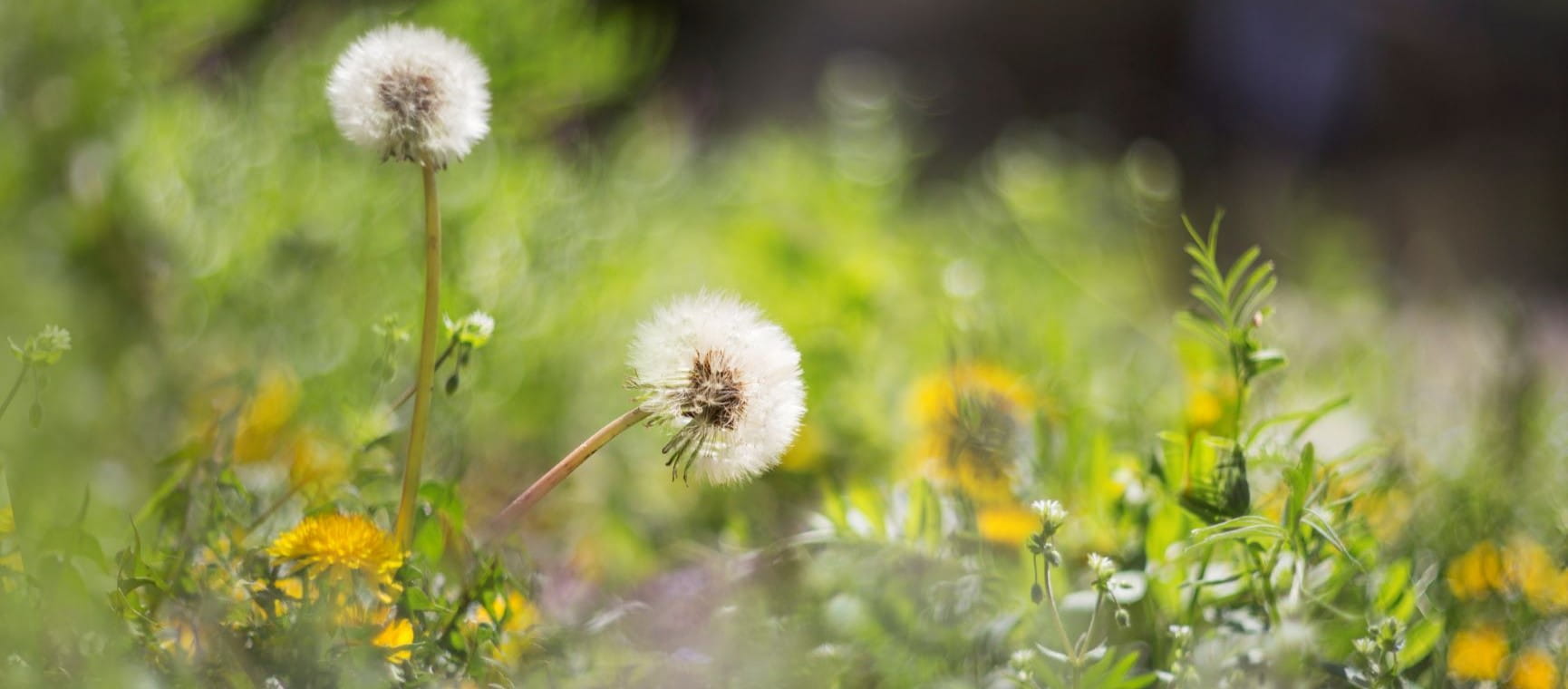
When I was a little girl, my dad taught me how to recognise weeds, and very soon I was hunting down and grubbing up every dandelion, dock, nettle (ouch!) and buttercup wherever they happened to appear. Mind you, I did once dig up a whole row of carrot seedlings because I thought they were nettles!
As well as annuals, roses and shrubs, my dad grew all our vegetables. They were sown in perfectly straight weed-free rows on light and sandy soil right next to the River Tay’s estuary. Potatoes, carrots, onions, Brussels sprouts, cabbages, lettuce – everything thrived.
His greenhouse was full to bursting with tomatoes and cucumbers all summer long. Although sadly no longer with us, he really was a brilliant gardener and so much of what I learned from him still informs the way I garden today.
My dad’s neat and tidy weed-free garden was his pride and joy, so I know he would hate the patches of ‘weeds’ that grow wild and happily tumble and spread in parts of my garden.
For him there was no truth in the saying that one man’s weed is another man’s flower. Weeds, as far as he was concerned, were gardeners’ enemies – plants that have no place in a well-tended garden.
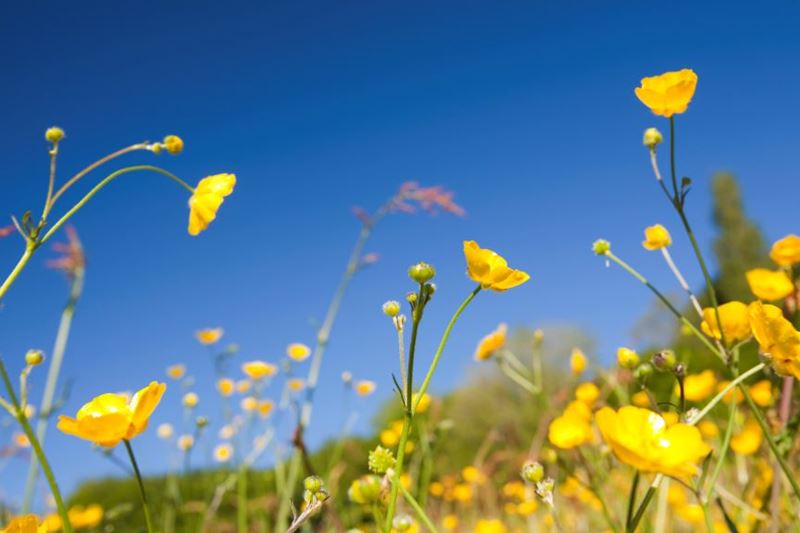
So, what caused my change of heart and led me to embrace weeds, not as garden enemies but as friends?
The short answer is that weeds are welcome in my garden because they do more good than harm. Weeds are often wildflowers that have in the past proved their worth – just look at some of the names: fat hen and chickweed fed hens, sowthistle was traditionally fed to pigs – and the good news is that many so-called weeds can be eaten by humans (nettle soup, anyone?) and are also incredibly beneficial to wildlife.
Obviously, if something really nasty moves into my garden or begins to get too big for its boots, I will remove it, but many weeds are left to grow in more relaxed parts of the garden. Weeds do really well in wildflower lawns, informal borders and garden margins.
If you let weeds flower for pollinators and then remove seeds to prevent their spread, they can be managed fairly well. I think becoming familiar with garden weeds and embracing them as useful plants is the key to a successful garden. So here are my top 10.
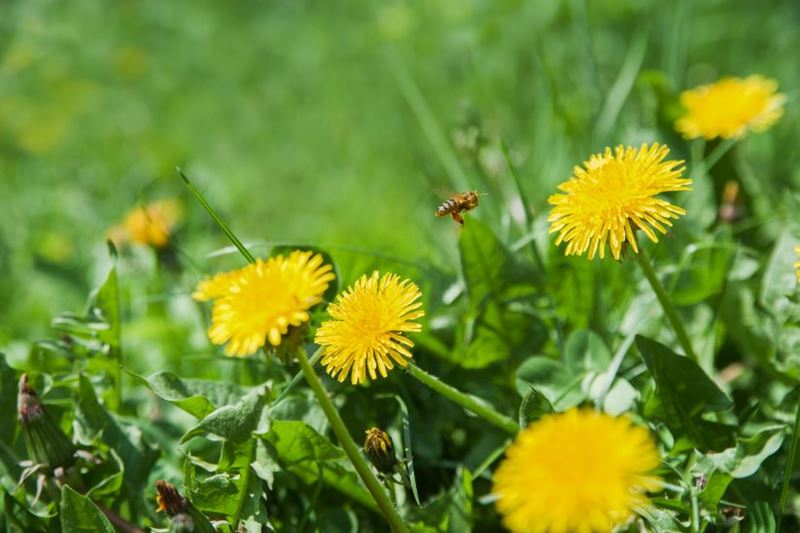
Their gorgeous bright yellow flowers are bees’ first food of the year and are also good for many other pollinators. Dandelion leaves are used as a food plant by the garden tiger moth. It is spread by seeds and has deep tap roots.
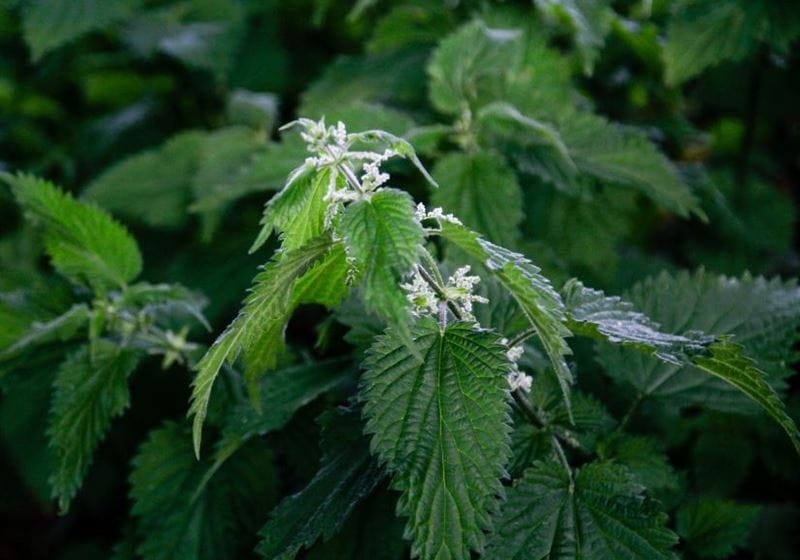
These are rich in nitrogen and potassium, and support butterflies, ladybirds, and birds. They have edible seeds and young leaves and make effective liquid fertiliser. When picked young, they can be eaten in soups. Spread by seeds and roots.
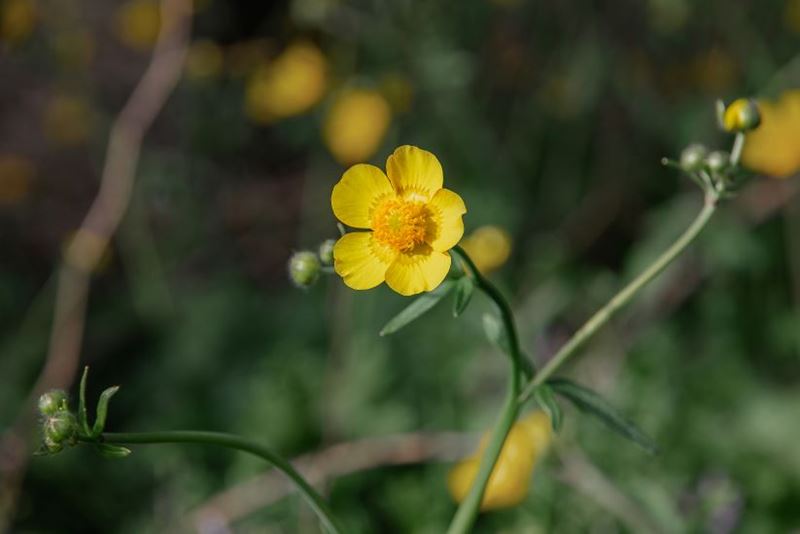
With their bright yellow flowers the creeping buttercup is a wonderful pollinator plant with a long flowering period. Its seeds are eaten by birds and mammals. Spread by dense roots.
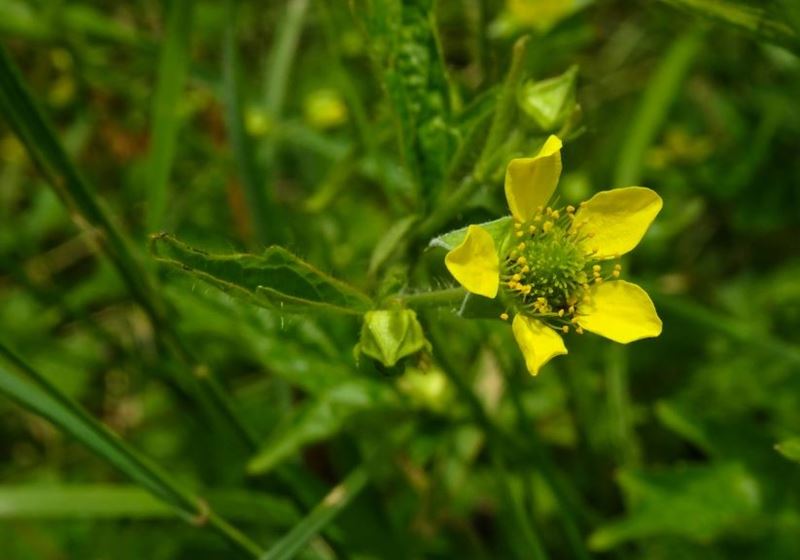
This is a fabulous pollinator plant as well as a food source for the grizzled skipper butterfly. They have edible roots with a clove taste and are often found growing in shade. Spread by seed.
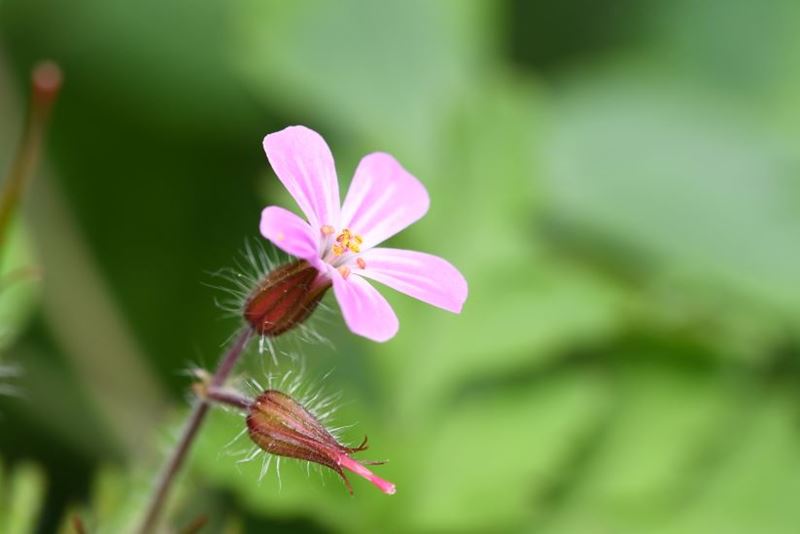
Used as an antiseptic in herbal medicine, herb robert is a biennial wildflower and a rich nectar source for insects such as bees and hoverflies. It self-seeds easily but is easy to control.
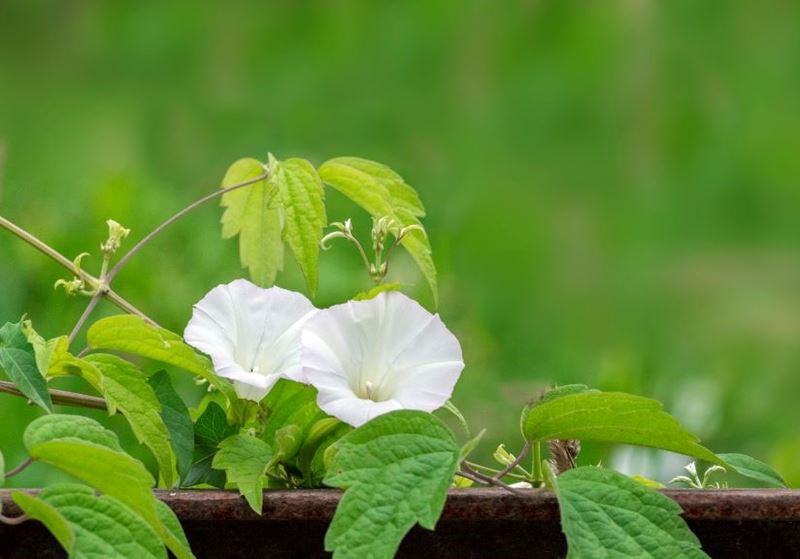
This has twining stems with heart-shaped leaves and, in summer, attractive large, saucer-shaped white flowers appear. Allow it to grow at the edges of your garden to provide nectar-rich flowers for pollinators and as a foodplant for the convolvulus hawk-moth. Spread by seeds and underground rhizomes.
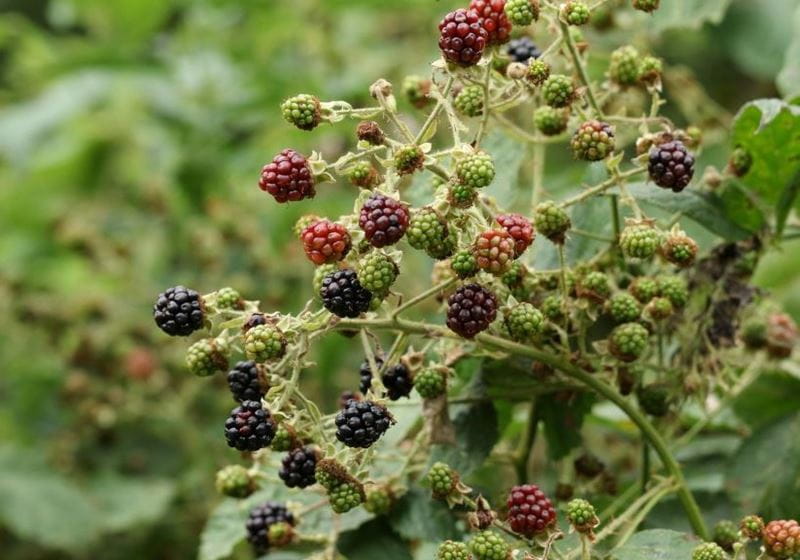
A small bramble patch can provide a home for hedgehogs, birds and other mammals, while its flowers provide food for bees, and its berries are eaten by birds. Its leaves are a food plant for the bramble shoot moth. But keep your eye on it, as it can spread quickly. Spread through seed dispersal.
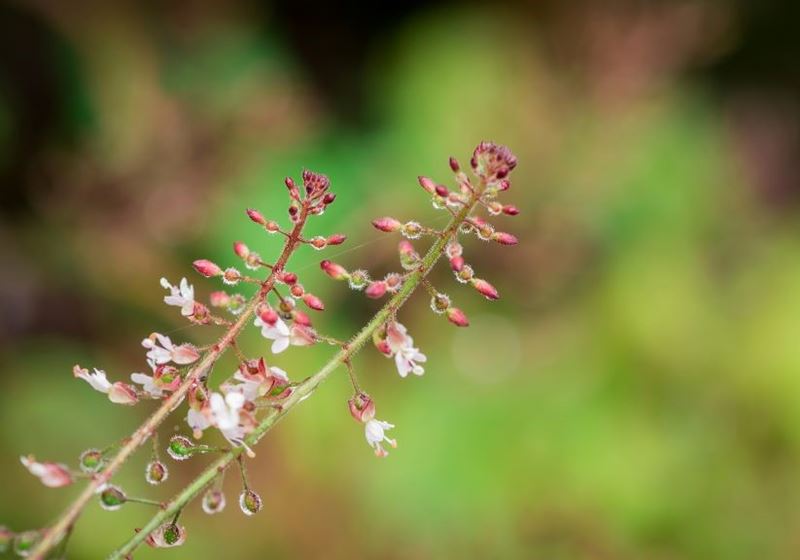
With a name like this, surely it deserves a place in your garden! It does spread quickly however, so you have to be on top of digging out its small white roots to keep it contained.
Loved by flea beetles, sawflies and stiltbugs, and its leaves are a food plant for several moths, including the elephant hawk-moth. Spread by seeds and underground rhizomes.

Allowing some docks to grow in a lawn or corner is a great way to boost the biodiversity of your garden and gives you the chance to enjoy their attractive flowers. They are a food source for various insects, caterpillars, and some birds. However, you must control docks to stop them spreading to parts of your garden where they can smother other plants. Spread by seeds.
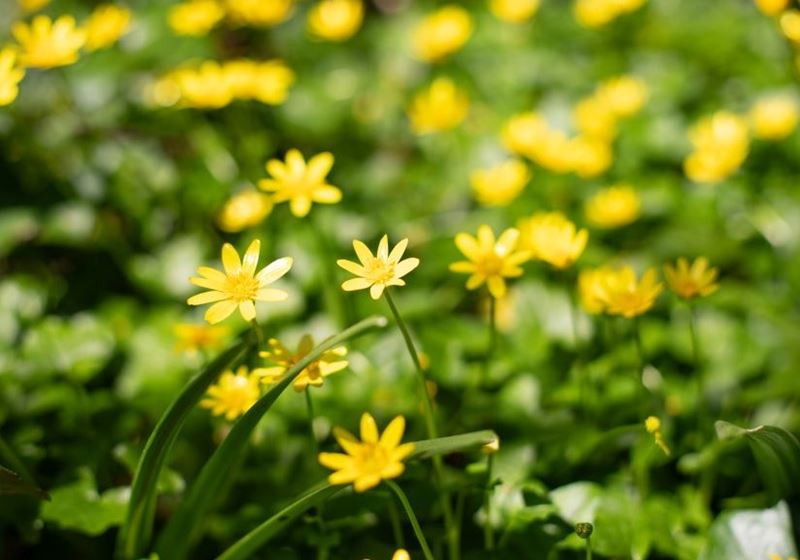
This is closely related to buttercups. With its gorgeous yellow flowers, this plant is a very good early source of pollen and nectar. It is essential food for insects in late-winter to early-spring when often there is very little else for them to eat. It can be a skin irritant, so always wear gloves when handling. Spreads through root tubers and small leaf bulbs (bulbils).

Find out about Saga's Gardening holidays here...
Explore stunning outdoor sanctuaries on Saga’s garden-themed getaways – it doesn't matter if you’re a keen horticulturist or just someone who enjoys colourful blooms.
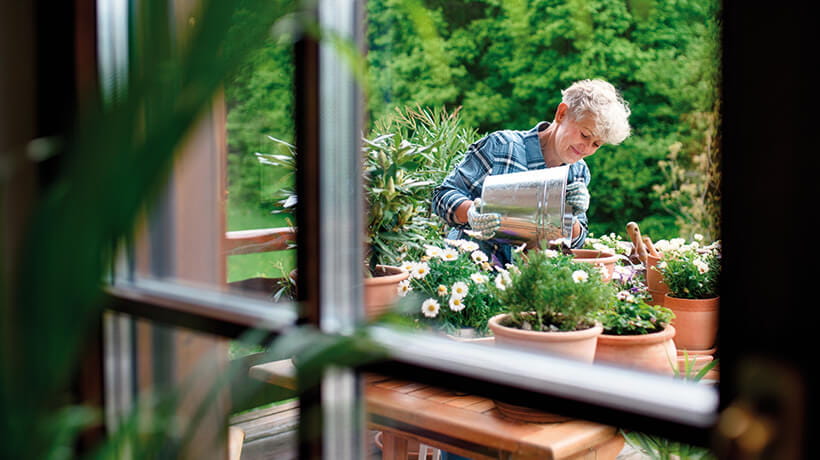
Saga Home Insurance comes with garden cover included. Find out what’s included and get tips to help secure your garden.
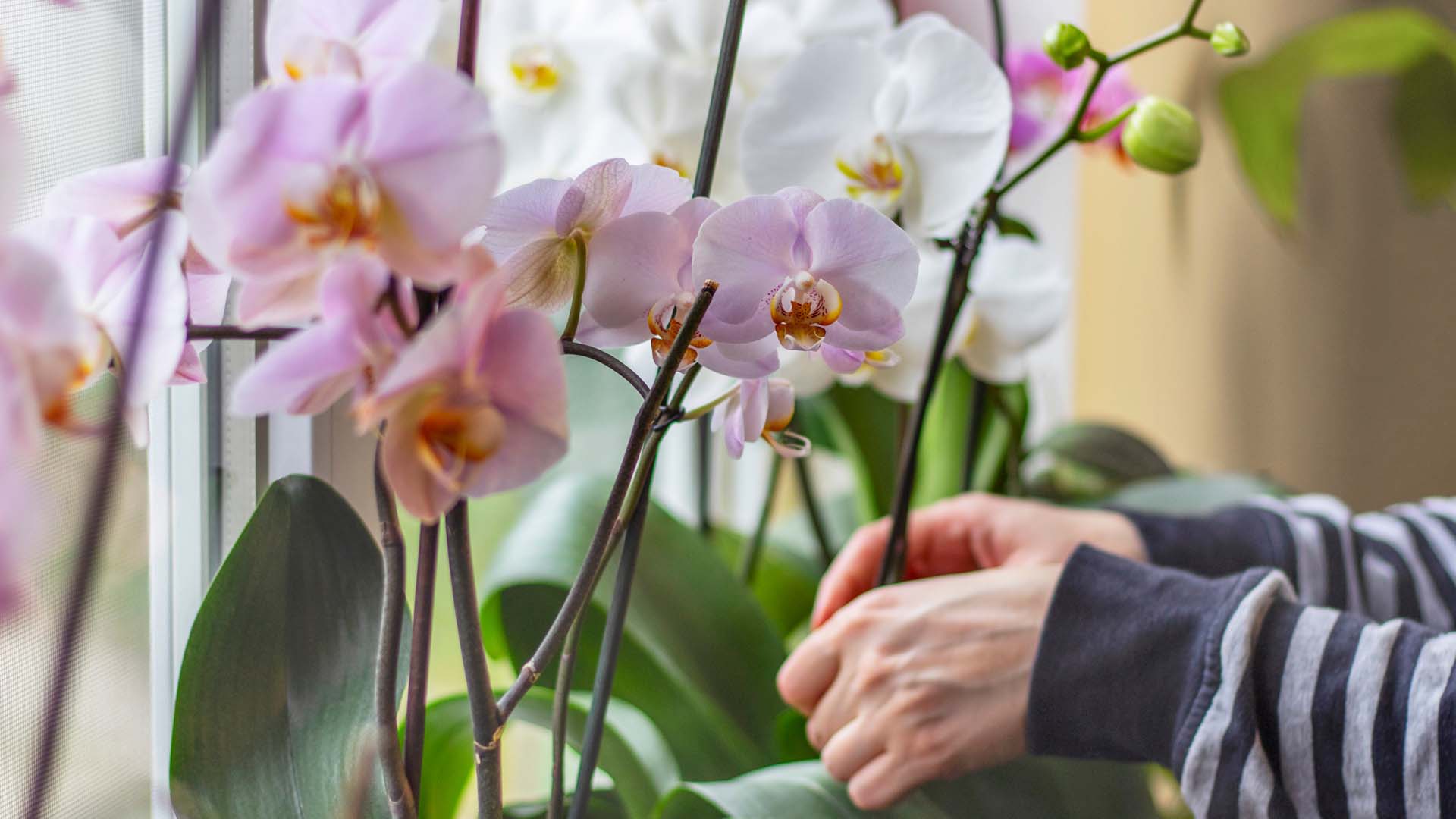
Our expert pruning and watering hacks include a top tip to keep them flowering from Alan Titchmarsh.
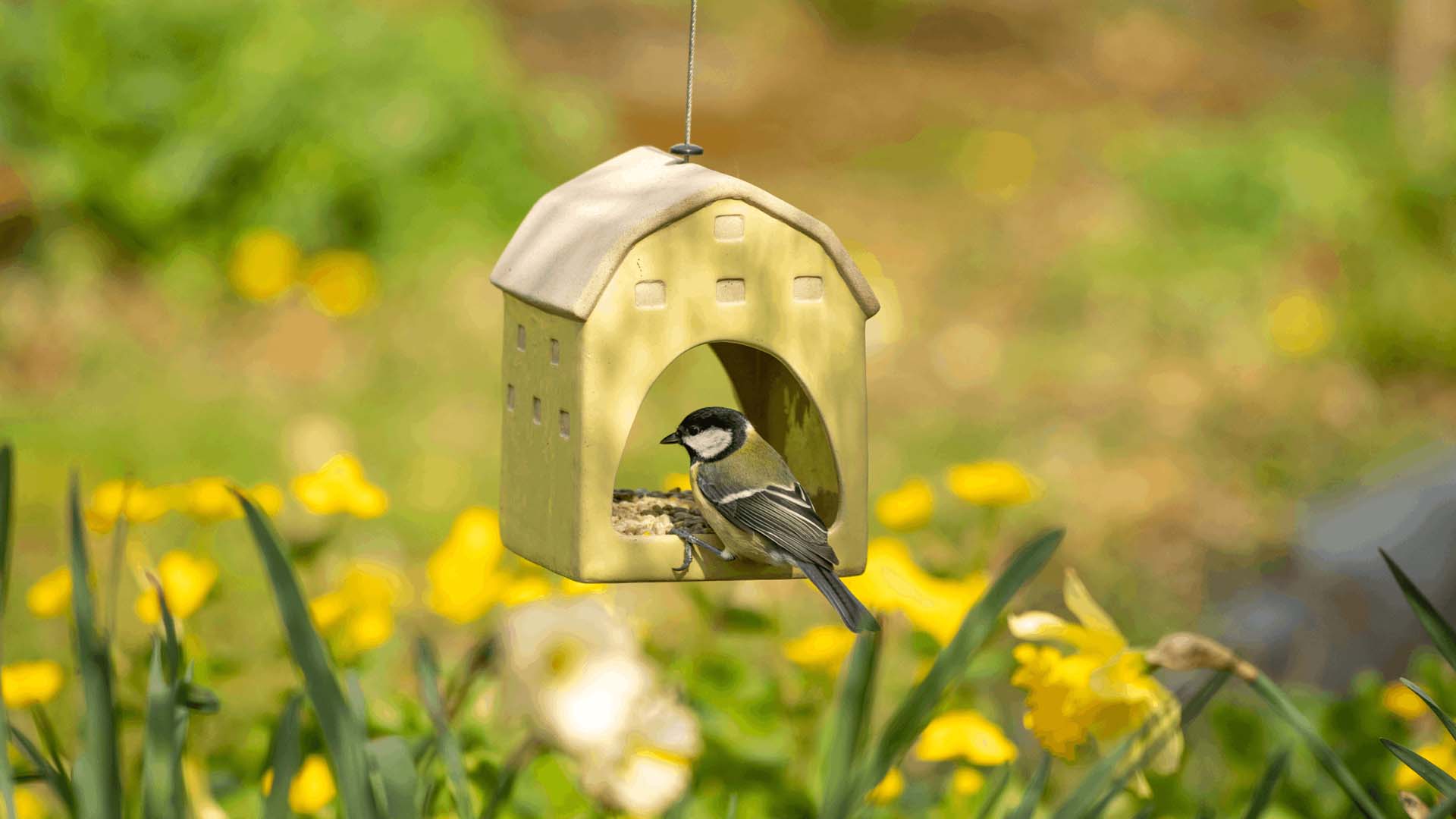
Don’t make these bird-feeding mistakes. Expert advice on how to feed birds in your garden safely.
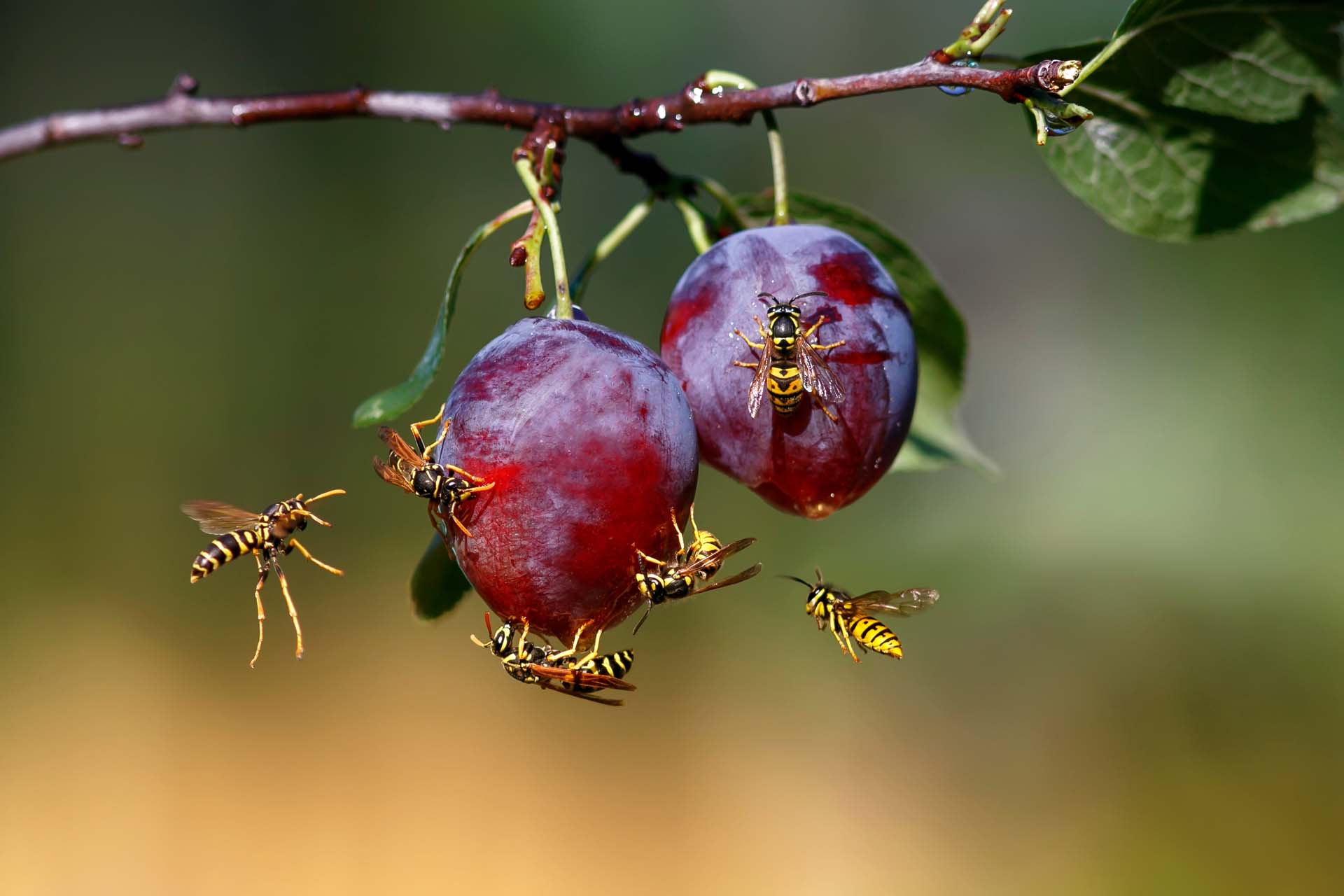
Blighted by buzzing? How to keep wasps out of your garden without harming them so you can enjoy the summer.
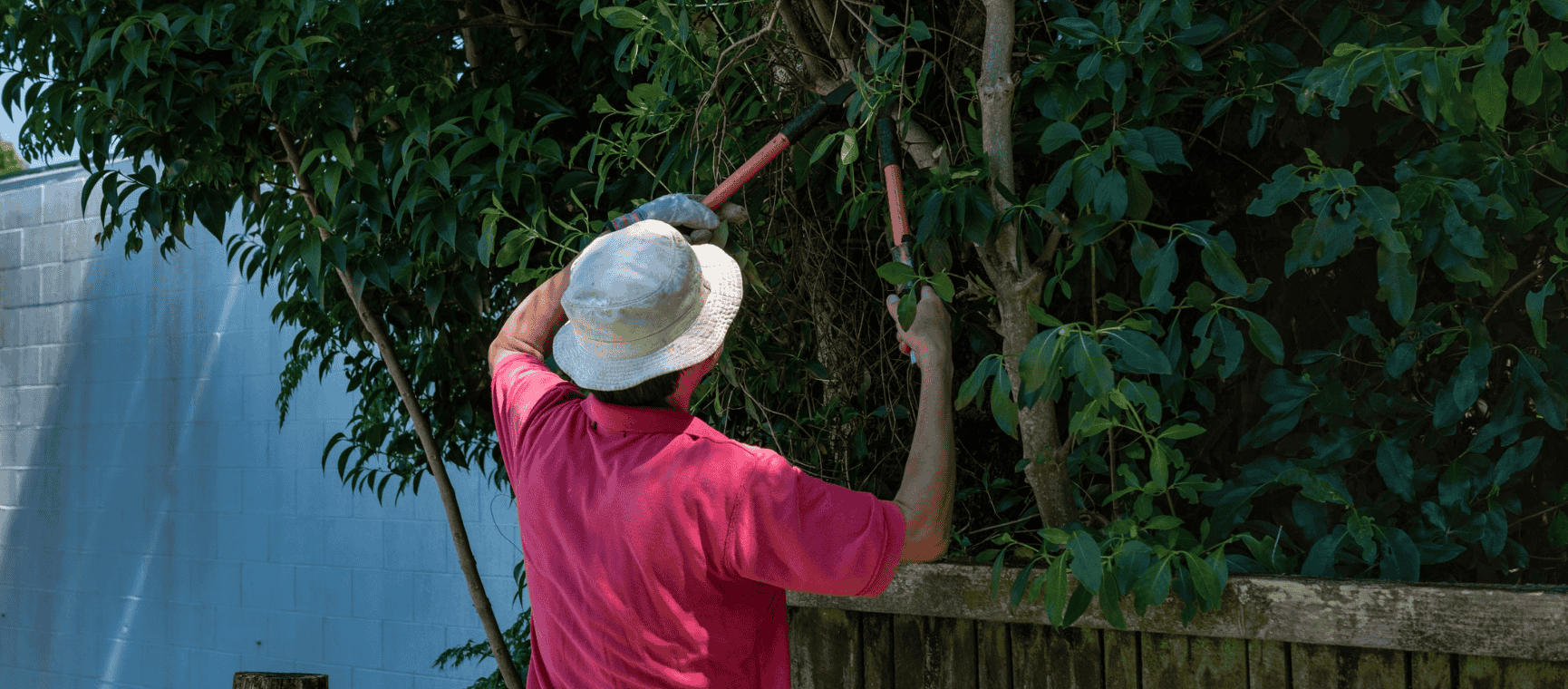
The ways you could be breaking the law in your back garden - with expert advice on how to avoid neighbour disputes, a fine or even a prosecution.
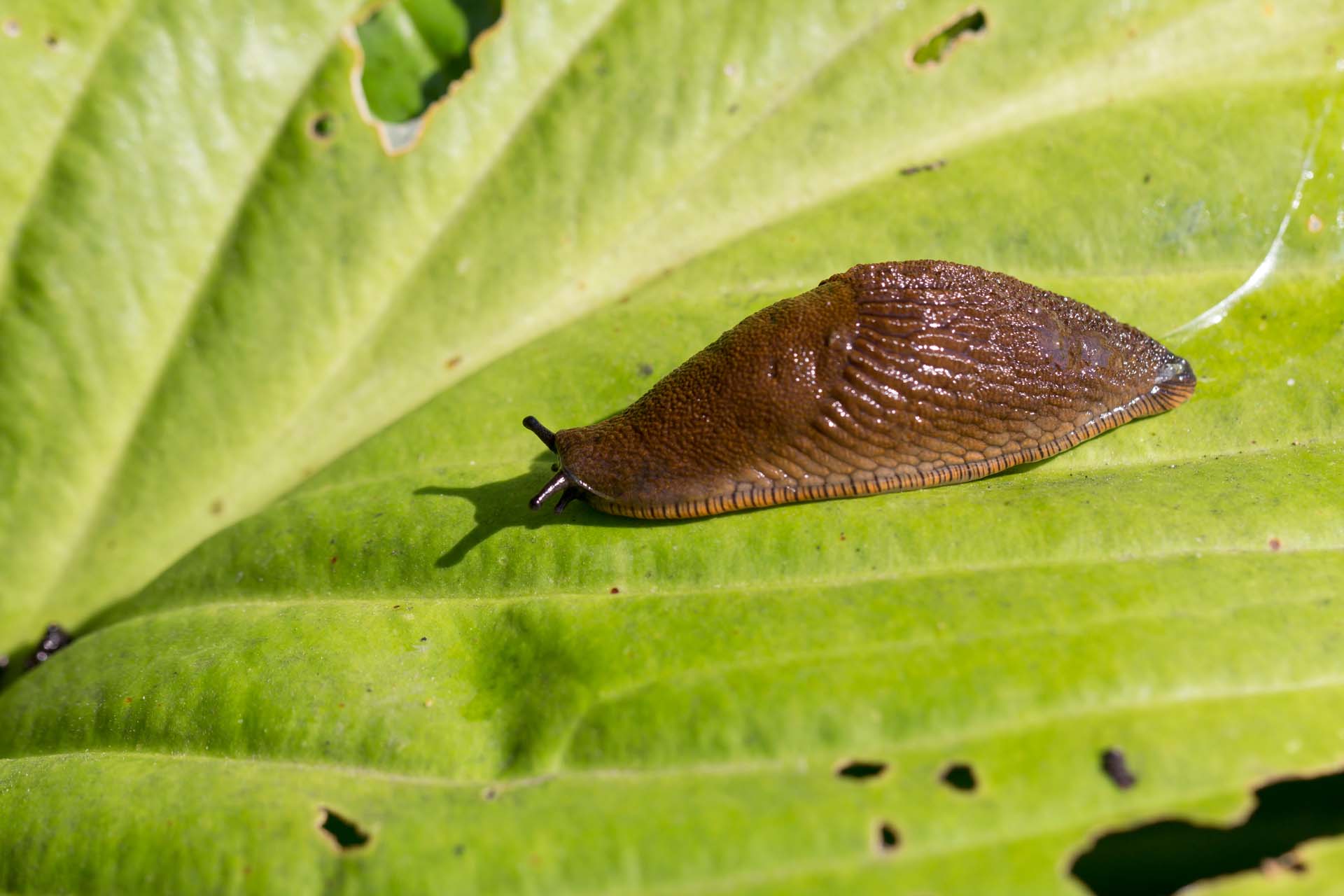
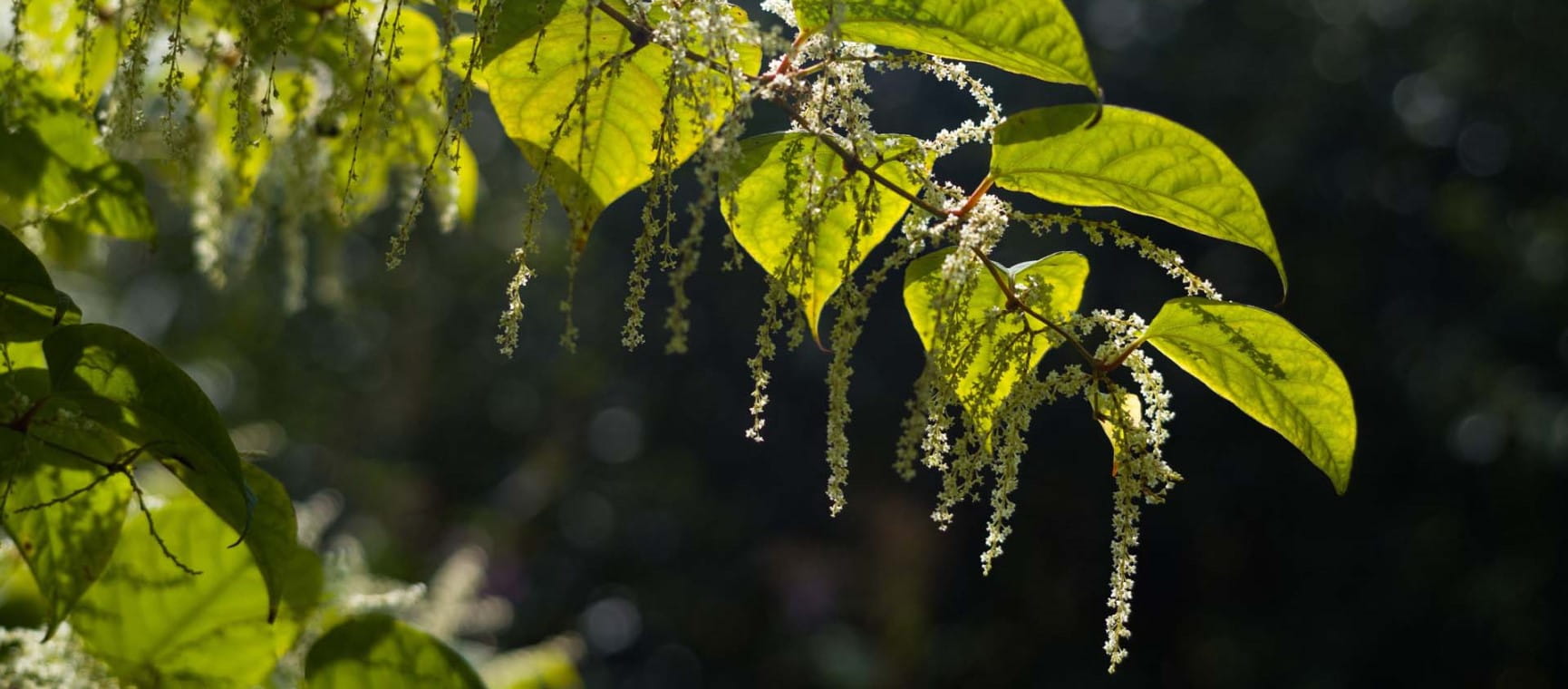
Everything you need to know about Japanese knotweed, the fast-growing plant nobody wants in their garden.